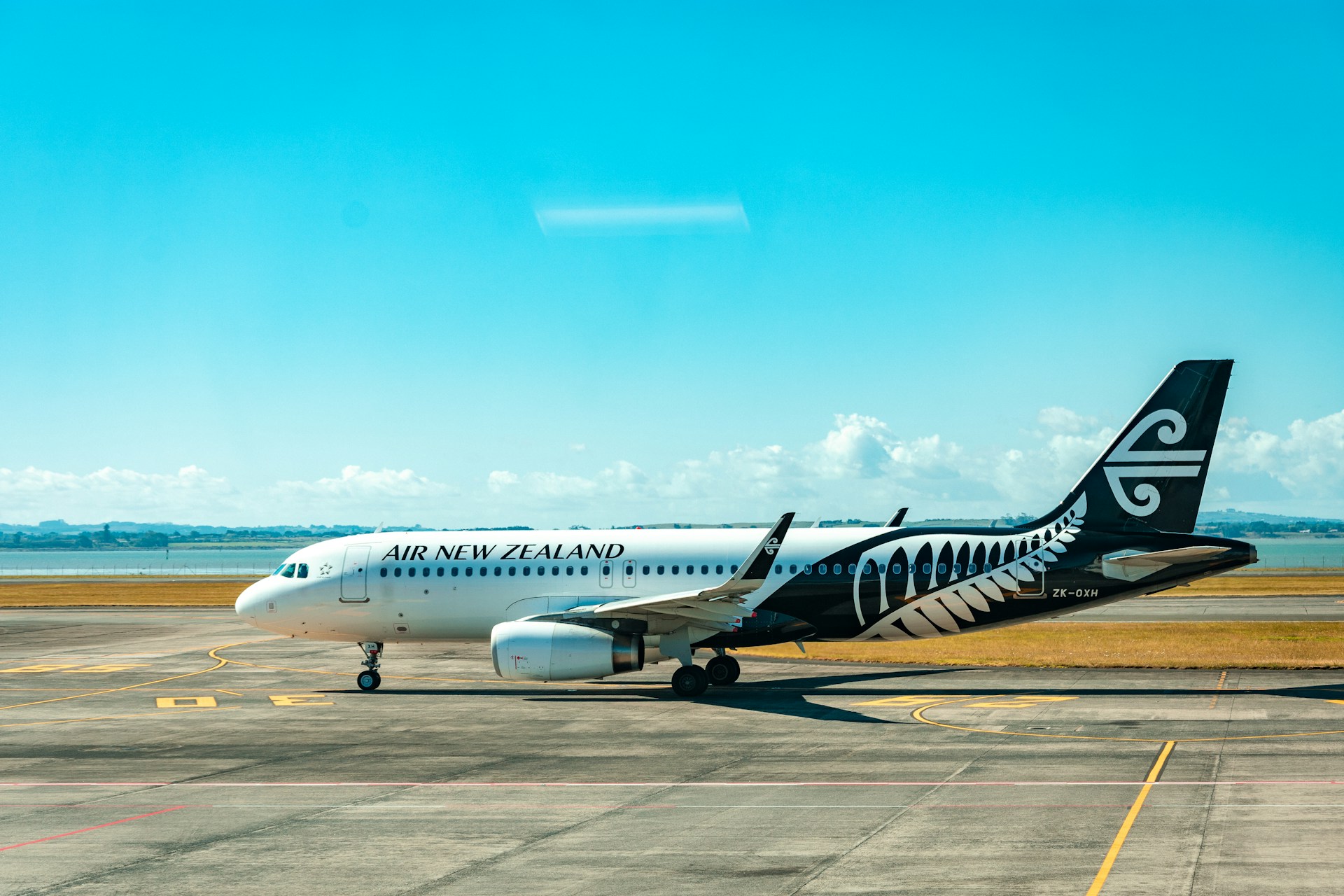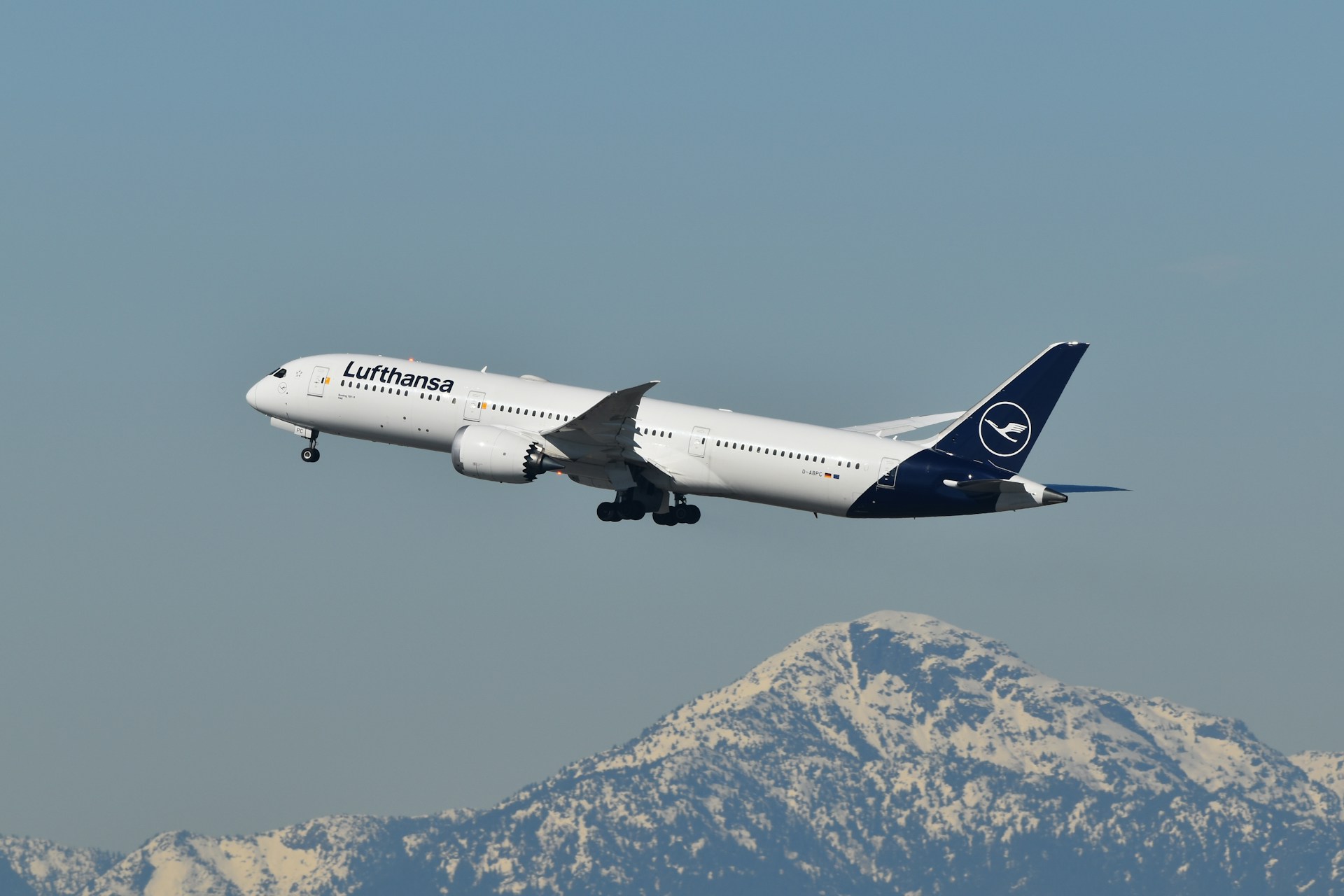Air New Zealand Makes History With First CX300 Electric Aircraft Flight
Key Takeaways
- Air New Zealand successfully completed the maiden flight of its CX300 electric aircraft, a milestone in sustainable aviation.
- The CX300 demonstrates how electric propulsion can help reduce carbon emissions on short-haul routes.
- The initiative aligns with global net-zero targets for 2050, advancing aviation’s transition toward cleaner energy.
- Electric aircraft promise lower fuel costs, quieter operations, and reduced maintenance needs.
- The successful test positions Air New Zealand as a pioneer among major carriers adopting electric aviation technology.
A New Era in Sustainable Flight
Air New Zealand has taken a decisive step toward the future of green aviation with the successful first flight of its CX300 electric aircraft. Conducted under clear skies from the airline’s testing facility, the flight marks the beginning of what could be a revolutionary era in sustainable air travel.
The milestone is more than just a technological showcase—it’s a symbol of how global carriers are rethinking their approach to climate responsibility. As the aviation sector contributes roughly 2–3% of global CO₂ emissions, innovations like the CX300 represent tangible progress toward cleaner, quieter, and more efficient skies.
Inside the Technology: How the CX300 Works
Unlike traditional aircraft powered by jet fuel, the CX300 uses electric motors powered by advanced lithium-based battery systems. The design prioritizes short-haul regional routes—where energy efficiency, quick turnaround times, and low noise matter most.
The aircraft’s electric propulsion system generates zero direct emissions, drastically reducing its carbon footprint. Combined with new lightweight composite materials, the CX300 achieves better aerodynamic efficiency and significantly lower energy consumption compared to conventional turboprops.
Its quiet operation is another notable advantage—ideal for routes connecting smaller communities or airports located near residential areas.
Environmental and Economic Impact
For airlines like Air New Zealand, electric aircraft represent more than an environmental commitment—they’re also a business efficiency play. Electric propulsion systems require fewer moving parts, reducing maintenance costs and extending component lifespans.
Operationally, the CX300 can reduce per-flight energy costs by up to 40–60% compared to similar-sized fuel-powered aircraft, depending on route length and payload. These savings could eventually translate into lower ticket prices and improved route profitability on short-haul sectors.
From a sustainability standpoint, Air New Zealand’s investment in electric aviation supports the global aviation industry’s goal of reaching net-zero emissions by 2050—a target championed by the International Air Transport Association (IATA).
The Broader Industry Significance
Air New Zealand’s achievement places it among the early adopters in the electric aviation revolution, joining a select group of carriers testing next-generation propulsion. As battery capacity improves and regulatory frameworks evolve, electric aircraft are expected to play a key role in decarbonizing regional air travel worldwide.
Industry analysts believe that early trials like the CX300’s will help accelerate the certification process for electric commercial flights, paving the way for broader adoption within the next decade.
The airline’s progress also underscores New Zealand’s broader commitment to sustainability, as the country continues to lead global clean energy initiatives across multiple sectors.
What Comes Next
While the CX300’s maiden flight is a major milestone, Air New Zealand’s path toward full-scale electric operations will depend on further testing, certification, and infrastructure development. Charging facilities, battery recycling systems, and regulatory approvals will all play key roles in scaling electric aviation.
The airline has already announced plans to integrate electric and hybrid-electric aircraft into select regional routes by the late 2020s. As part of its “Mission NextGen Aircraft” program, Air New Zealand continues to collaborate with global manufacturers and energy providers to build a long-term electric aviation ecosystem.
FAQs
What is the Air New Zealand CX300?
The CX300 is an electric aircraft designed for regional and domestic operations. It represents Air New Zealand’s first step toward adopting all-electric propulsion technology.
How does it differ from conventional aircraft?
The CX300 is powered by electric motors rather than jet fuel engines, producing zero direct emissions and significantly lower noise levels.
When will passengers be able to fly on electric aircraft?
Commercial flights will follow once certification and safety trials are complete—potentially within the next few years as technology and infrastructure mature.
Why are electric aircraft significant for the environment?
They eliminate in-flight emissions, reduce noise pollution, and offer a scalable solution for lowering aviation’s overall carbon footprint.
How does this align with Air New Zealand’s sustainability strategy?
It’s part of the airline’s long-term goal to achieve net-zero carbon emissions by 2050, through a combination of sustainable fuels, fleet modernization, and now electric aviation.
✈️ Bottom Line:
Air New Zealand’s CX300 maiden flight isn’t just an aviation first—it’s a glimpse into the future of sustainable air travel. As technology and policy converge, electric aircraft could soon redefine what it means to fly cleanly, quietly, and responsibly in the 21st century.
.zip%20-%201.PNG)



